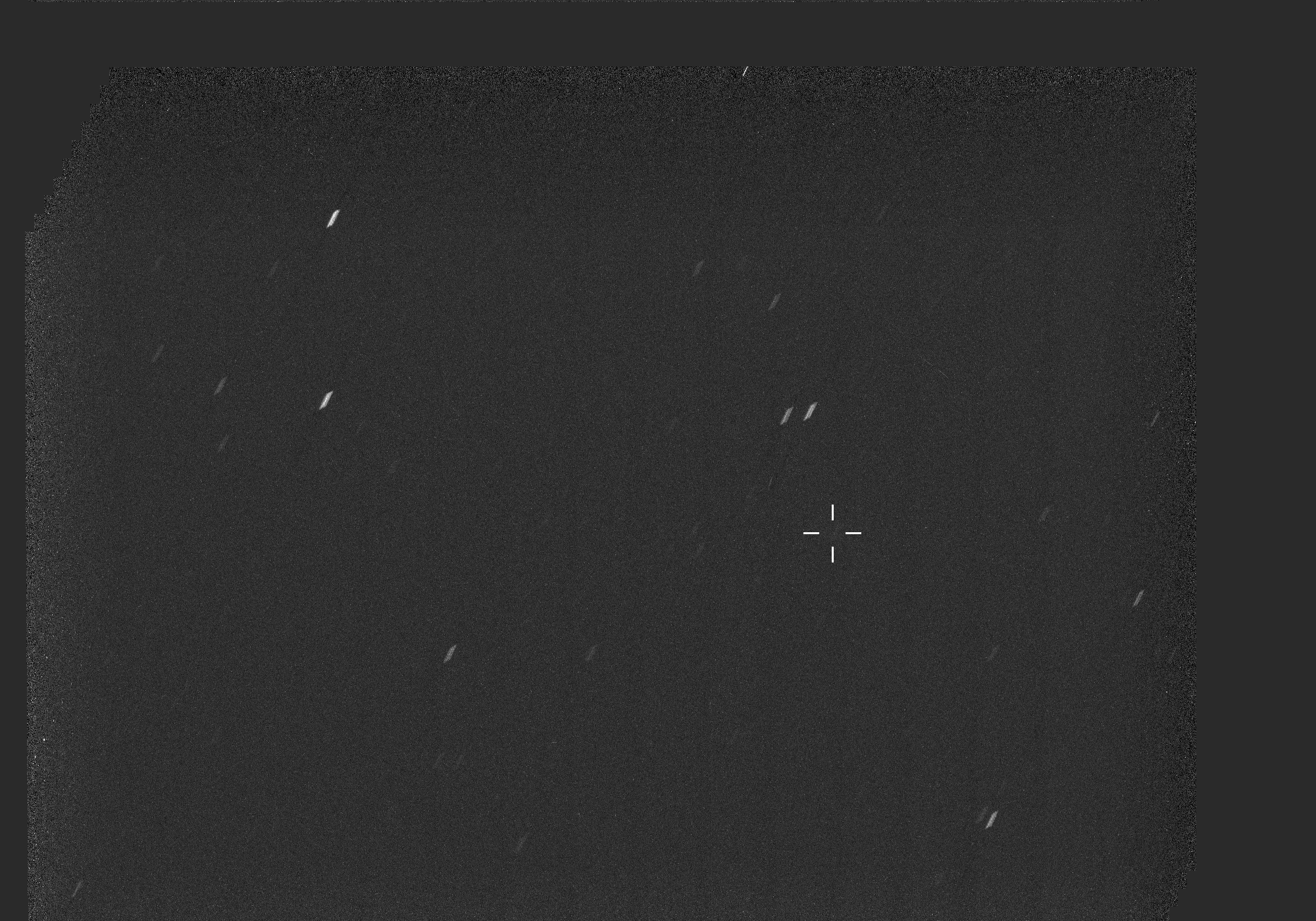If you have been paying attention to science news lately, you will no doubt be aware of the new photos emerging of comet 3I/ATLAS. The interstellar visitor, which first made its presence known on July 1, being spotted by the Asteroid Terrestrial-impact Last Alert System (ATLAS), has been dazzling astronomers and the public alike in photos from NASA, ESA, and China’s Tianwen-1 orbiter around Mars, as well as many other telescopes.
Just last week, NASA released images of the object, which were taken during the long government shutdown in the US. These included ultraviolet images from MAVEN (Mars Atmosphere and Volatile EvolutioN), NASA’s STEREO mission, and the joint ESA/NASA SOHO mission. A particularly cool observation, though not the sharpest of images we have seen of our interstellar visitor, came from NASA’s Mars Perseverance Rover. The US space agency captured an image of an interstellar comet from the surface of another world.
“The closest imagery of the comet was taken by NASA’s spacecraft at Mars. Earlier this fall, 3I/ATLAS passed by Mars from a distance of 19 million miles, where it was observed by three NASA spacecraft. The Mars Reconnaissance Orbiter (MRO) captured one of the closest images of the comet, while the MAVEN (Mars Atmosphere and Volatile EvolutioN) orbiter obtained ultraviolet images that will help scientists understand the comet’s make-up,” NASA explained. “Meanwhile, the Perseverance rover grabbed a faint glimpse from the surface of Mars.”

Perseverance spotted 3I/ATLAS on October 4, 2025.
Image credit: NASA/JPL-Caltech/ASU/MSSS
While the photos from Mars are cool, what a lot of people would like to see are the images taken of the object from around our Solar System’s largest gas giant. Between November 2 and November 25, the European Space Agency (ESA) Jupiter Icy Moons Explorer (JUICE) observed the comet, as the spacecraft was en route to Jupiter.
“All this campaign was unexpected for everybody!” Olivier Witasse, ESA Project Scientist, told IFLScience ahead of the unexpected observations. “For JUICE, indeed, we are in a cruise phase during which there are thermal constraints, being relatively close to the Sun (with respect to the science phase around Jupiter). Therefore, no payload activities were expected to take place at this moment. However, given the uniqueness of these observations, it was decided to prepare this extra observation planning.”
This is pretty awesome and fortuitous. The spacecraft, on a slow trajectory towards the gas giant, happened to be in an area where it was able to capture observations of the comet.
“JUICE will observe 3I/ATLAS between 2 and 25 November. We will be using five instruments: the camera, the near-infrared imaging instrument, the UV spectrometer, the sub-millimetre instrument, and a sensor to image neutral atoms. We are far away (0.5 astronomical units), therefore, only remote sensing,” Witasse added.
Unfortunately, we are going to have to have a little patience for the resulting images, which are expected to arrive next year. This isn’t some conspiracy, but because of a combination of factors.
“As JUICE is currently close to the Sun, it is using its main high-gain antenna as a heat shield. It is using its smaller medium-gain antenna to send data back to Earth at a much lower rate,” ESA explains. “It is also far from Earth, on the other side of the Sun. Therefore, we don’t expect to receive data from JUICE’s observations of 3I/ATLAS until February 2026.”
This isn’t the first time that the spacecraft has used its main antenna as a heat shield, and this is the reason we did not get images of Venus as it used the planet for a gravity assist.
“Designed for the cold, dark environment of Jupiter, JUICE must adapt to the intense solar heat near Venus. To protect its sensitive components, the spacecraft is using its main, high-gain antenna as a thermal shield,” ESA explained in a separate statement. “Due to thermal constraints, its remote sensing instruments cannot be active during the flyby, and so no images of Venus will be captured.”
In future, capturing images of comets as they make their way through the Solar System may become easier, with more missions designed specifically to intercept them.
“Following in the footsteps of ESA’s Rosetta mission, which landed on Comet 67P in 2014, ESA is currently developing the next-generation comet mission, Comet Interceptor. Comet Interceptor will be the first mission to visit a comet coming directly from the outer reaches of the Sun’s realm, carrying material untouched since the dawn of the Solar System,” ESA writes. “It is also possible – though very unlikely given their rarity – that Comet Interceptor could visit an interstellar comet.”
Source Link: ESA's JUICE Spacecraft Imaged Comet 3I/ATLAS As It Flew Towards Jupiter. We'll Have To Wait Until 2026 To See The Photos